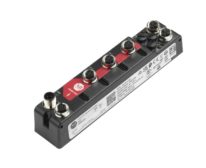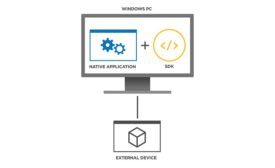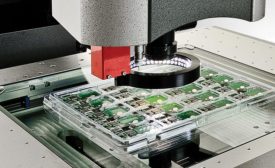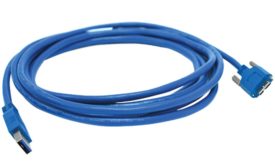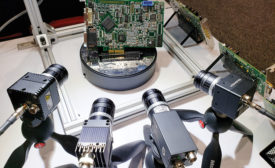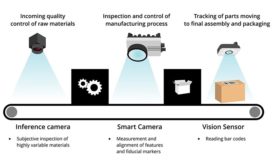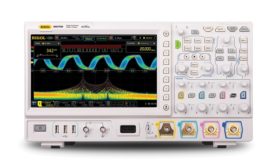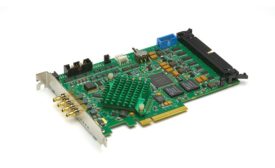Home » Keywords: » interface
Items Tagged with 'interface'
ARTICLES
Vision & Sensors | Interfaces
This new wave of interface design choices is significantly influenced by the electronics, mobile, and personal computing markets.
Read More
Three Cornerstones of Smart 3D Machine Vision
Modern UI design, web-enabled 3D smart sensors, and onboard inspection software.
November 28, 2020
Multi-Sensor Metrology Advances
Advancements in multi-sensor platforms combine the best features of vision and touch-probe inspection for maximum accuracy and speed.
August 4, 2020
Interfaces for Machine Vision
Both consumer and dedicated interfaces are used across many machine vision applications.
May 5, 2020
Applying the CoaXPress Interface in Multi-Camera Machine Vision Systems
Multiple camera systems have been a fixture in machine vision for decades. What is new is the use of CXP.
January 1, 2020
Smart Camera Evolution
The evolving capabilities of cameras with onboard intelligence are creating new opportunities for the industry.
May 1, 2019
Cross-Industry Collaboration Can Fuel Machine Vision Innovation
Machine vision applications have grown exponentially.
January 8, 2018
Stay in the know with Quality’s comprehensive coverage of
the manufacturing and metrology industries.
eNewsletter | Website | eMagazine
JOIN TODAY!Copyright ©2025. All Rights Reserved BNP Media.
Design, CMS, Hosting & Web Development :: ePublishing

